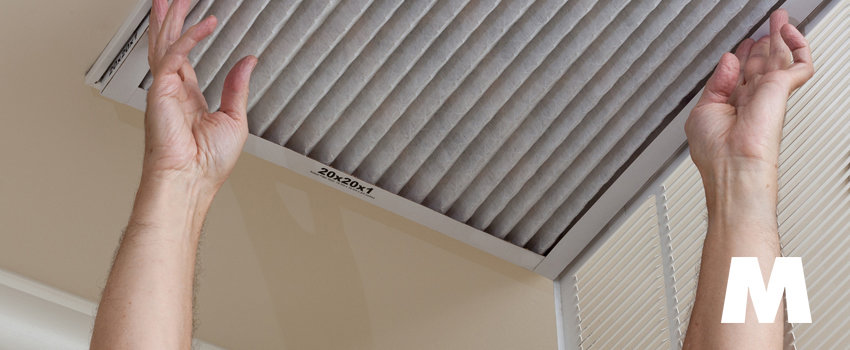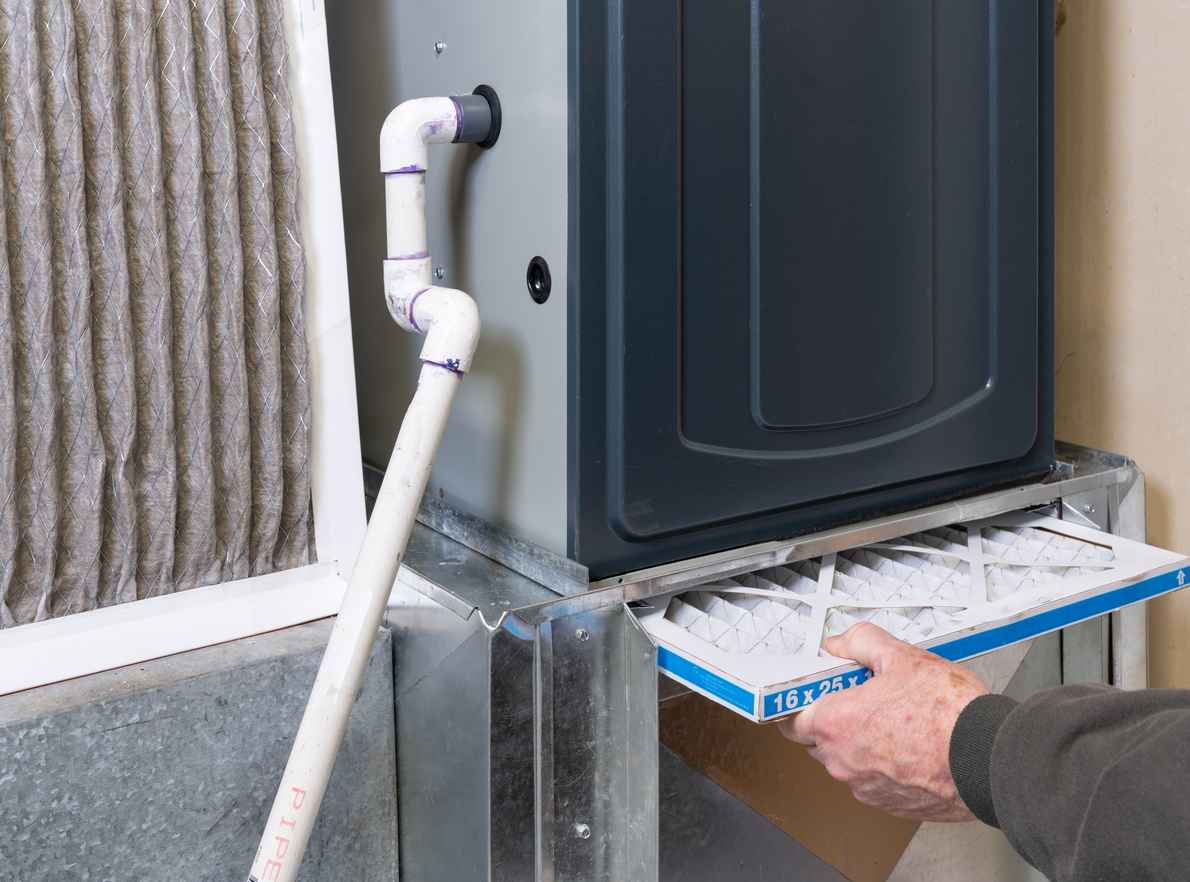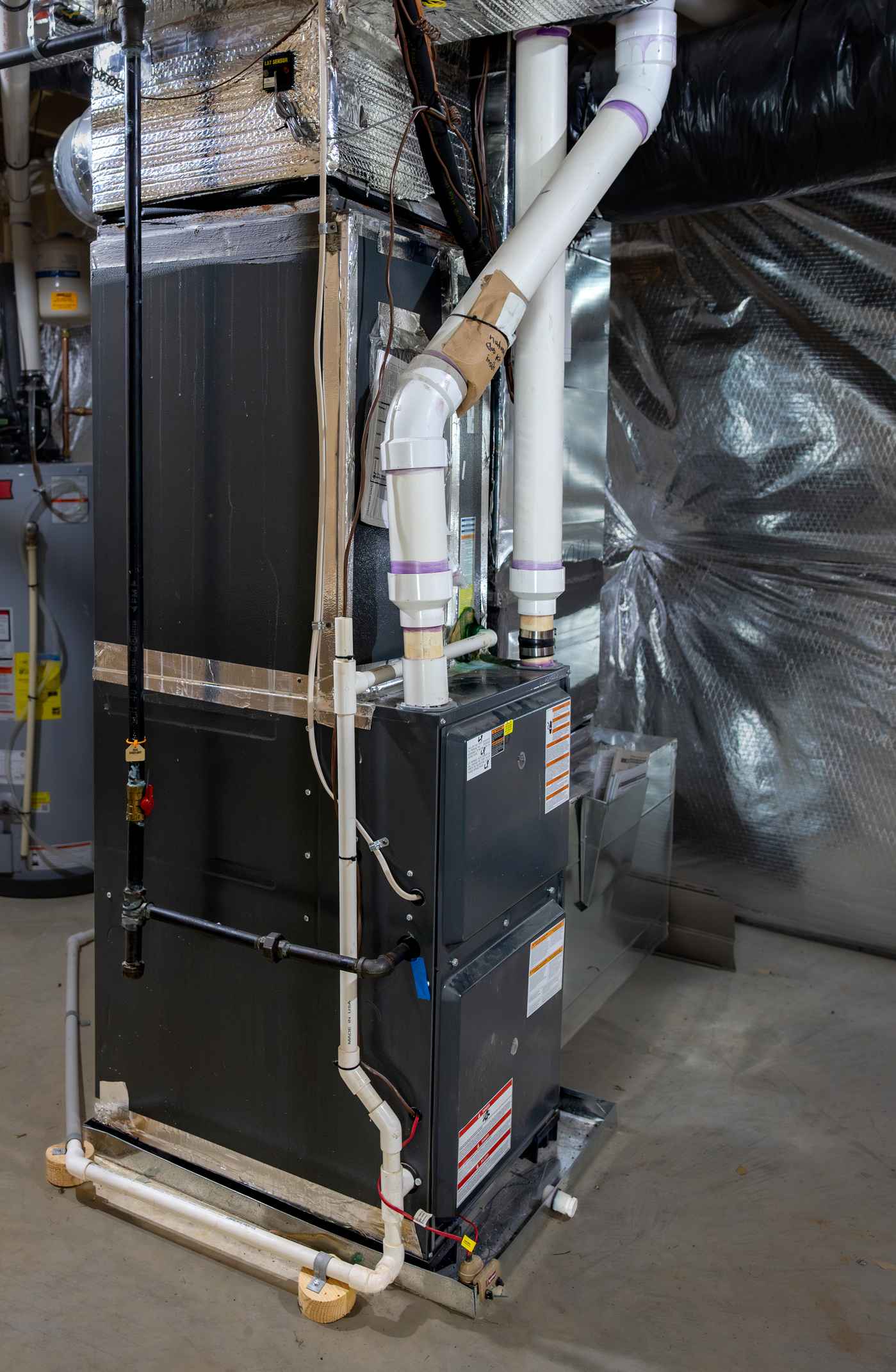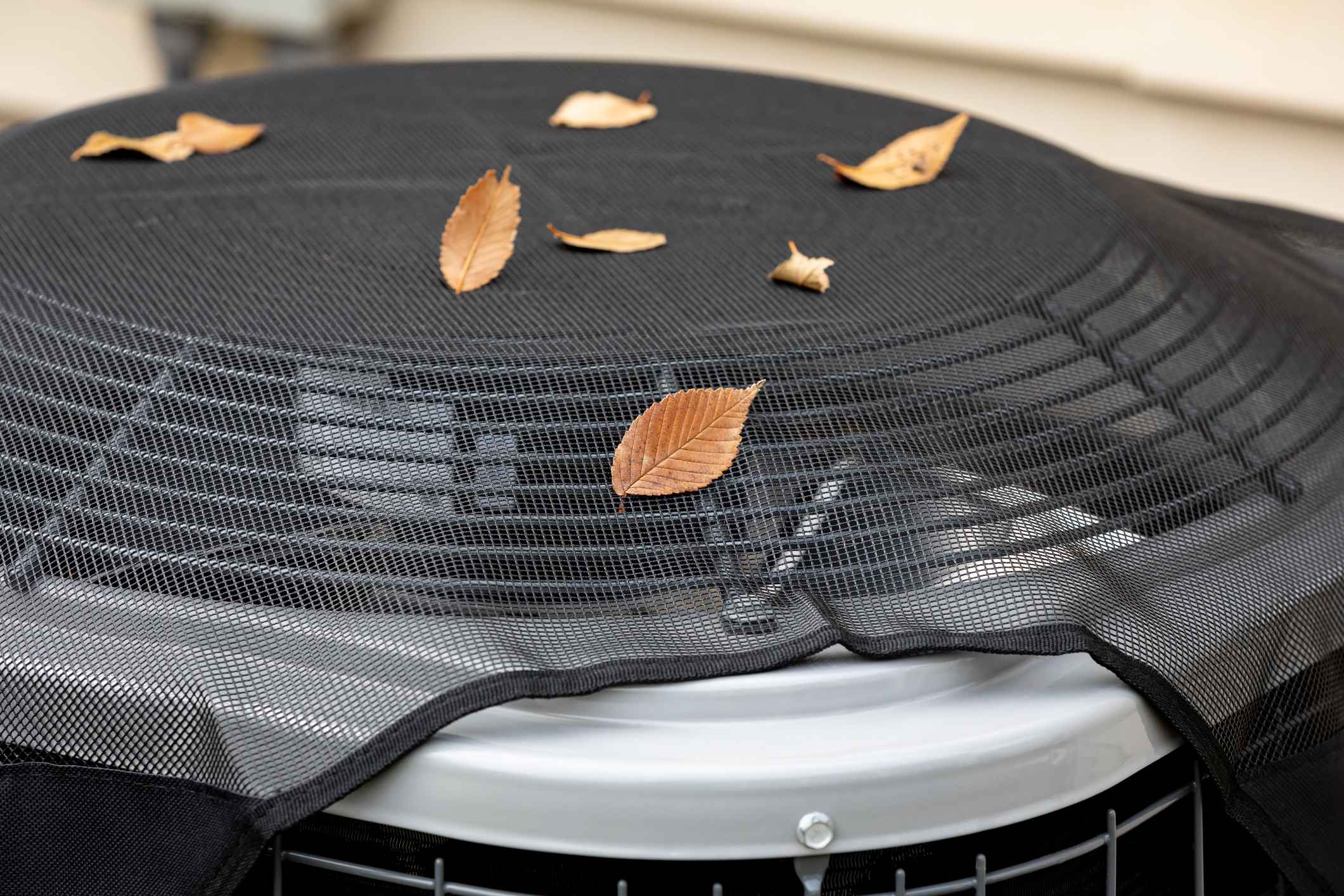4.8 Google Rating

DIY Air Conditioner Maintenance Tips to Keep Your System Running Smoothly
Regular air conditioner maintenance is essential for keeping your system efficient, preventing unexpected breakdowns, and reducing energy costs. While professional maintenance is crucial, there are simple tasks homeowners can perform to keep their AC in great shape between service visits. Here are some DIY air conditioner maintenance tips to help Austin homeowners keep their systems running smoothly throughout the hot summer months.
1. Change the Air Filter Regularly
Changing the air filter is one of the most important and easiest maintenance tasks you can perform. A dirty filter restricts airflow, forcing your system to work harder and reducing its efficiency.
- When to Change: In general, filters should be changed every 1-3 months, but households with pets or allergies may benefit from monthly replacements.
- Choosing the Right Filter: Filters with a MERV rating between 8-12 offer good filtration without overly restricting airflow. High-efficiency filters are effective for allergy sufferers but may need more frequent replacement.
- How to Replace: Turn off your system, locate the filter compartment (typically near the return air duct or blower compartment), remove the old filter, and insert the new one, ensuring it’s facing the correct direction.
2. Keep the Outdoor Unit Clean and Clear of Debris
Your outdoor unit, or condenser, plays a vital role in releasing the heat your AC system removes from your home. Ensuring it’s clean and clear of debris helps it operate efficiently and prevents overheating.
- Clear Debris: Check the area around the outdoor unit regularly and clear away leaves, grass, and other debris. Keep at least two feet of clearance around the unit to allow proper airflow.
- Clean the Coils: Over time, dirt and dust can accumulate on the condenser coils, reducing their ability to release heat. You can gently rinse the coils with a garden hose (avoid high-pressure settings) to remove dirt. Avoid using chemicals, as they can damage the coil fins.
- Straighten Bent Fins: The metal fins on the condenser can easily bend, restricting airflow. You can use a fin comb to gently straighten them, but be cautious, as the fins are delicate.
3. Check the Thermostat Settings
Ensuring your thermostat is set correctly can help you maintain consistent comfort and reduce energy consumption.
- Set to “Auto” Mode: Setting your thermostat to “Auto” ensures the fan only runs when the system is actively cooling, which can save energy and reduce wear on the system.
- Consider Upgrading to a Programmable Thermostat: If you don’t have one already, a programmable thermostat can help you create temperature schedules that fit your routine. For example, you can set the temperature higher when you’re away and cool things down just before you return home.
- Monitor for Accuracy: If you notice temperature inconsistencies, the thermostat might be miscalibrated. You can test its accuracy by placing a thermometer next to it. If there’s a discrepancy, consult an HVAC professional for recalibration.
4. Inspect and Clean the Evaporator Coil
The evaporator coil is responsible for absorbing heat from your home’s air. Keeping it clean improves your system’s efficiency and cooling ability.
- Access the Coil: The evaporator coil is typically located inside the indoor unit, near the blower fan. Before attempting to clean it, turn off the power to the system.
- Cleaning the Coil: Use a soft brush to gently remove dust from the coil. For a more thorough clean, consider using a coil cleaner spray (available at hardware stores), but be sure to follow the instructions carefully.
- Check for Excess Moisture: A dirty coil can lead to excess condensation, which may result in water pooling near the unit. If you notice water buildup, it could indicate a clogged drain line.
5. Clear the Condensate Drain Line
Your AC system generates condensation as it cools the air, which is carried away through a drain line. If this line becomes clogged, it can lead to water leaks and potentially cause damage to your system or home.
- Locate the Drain Line: The drain line is typically a PVC pipe located near the indoor unit. It leads outside, where it expels moisture.
- Flush the Line: To prevent clogs, pour a solution of one cup of vinegar and one cup of water into the drain line. This helps dissolve any buildup that could cause blockages.
- Use a Wet/Dry Vacuum for Blockages: If you notice water pooling around the indoor unit, you may have a clog. You can use a wet/dry vacuum at the outdoor end of the drain line to remove any obstructions.
6. Inspect and Seal Air Ducts
Leaky ducts can cause your system to lose cool air, making it work harder and increasing energy costs. Inspecting and sealing your ducts helps ensure cool air reaches all parts of your home efficiently.
- Check for Visible Leaks: Examine accessible ductwork for any visible holes or disconnected joints, especially in the attic or basement. Look for areas where air may be escaping.
- Use Mastic Sealant or Duct Tape: For small leaks, you can apply mastic sealant or HVAC-specific duct tape (avoid standard duct tape, as it doesn’t adhere well to ducts). This helps reduce air loss and improves your system’s efficiency.
- Consult a Professional for Larger Repairs: If you notice significant issues with your ductwork or can’t access certain areas, consider consulting an HVAC professional for a thorough inspection and repair.
7. Test the System for Proper Performance
After completing your maintenance tasks, run your system to ensure it’s working efficiently and effectively.
- Listen for Unusual Sounds: Pay attention to any unusual sounds like rattling, squealing, or banging, which could indicate loose or worn parts. Addressing these issues early can prevent more extensive repairs.
- Check for Consistent Cooling: Ensure that cool air is evenly distributed throughout your home. If you notice inconsistent cooling, it may indicate airflow issues or duct problems that need professional attention.
- Monitor Energy Bills: Keeping track of your energy bills can help you gauge your system’s efficiency. If you notice an unexplained increase in costs, it may be a sign your system needs professional servicing.
Conclusion: Keep Your AC Running Smoothly with McCullough Heating & Air Conditioning
Performing these simple DIY maintenance tasks can help keep your air conditioning system running efficiently throughout Austin’s hot summer months. Regular care helps reduce wear and tear, improve cooling performance, and lower energy bills. For more complex maintenance tasks or if you encounter any issues, McCullough Heating & Air Conditioning is here to help. Contact us today to schedule professional AC maintenance and ensure your system stays in top shape all season long.
Recent News

What Makes McCullough Heating & Air Conditioning the Right Choice for Austin Heating Needs

Why Texas Homeowners Are Upgrading to Heat Pumps in 2026: Efficiency & Tax Credit Insights

Is Your Furnace Ready for a Central Texas Winter? Austin Homeowners Should Check This First

Don’t Get Spooked by Strange HVAC Noises This Halloween: Austin’s Guide to a Fright-Free, Cozy Home

Preparing Your Austin Home for the Switch from AC to Heat

Why Austin’s Older Homes Need Special Attention When It Comes to HVAC Efficiency


